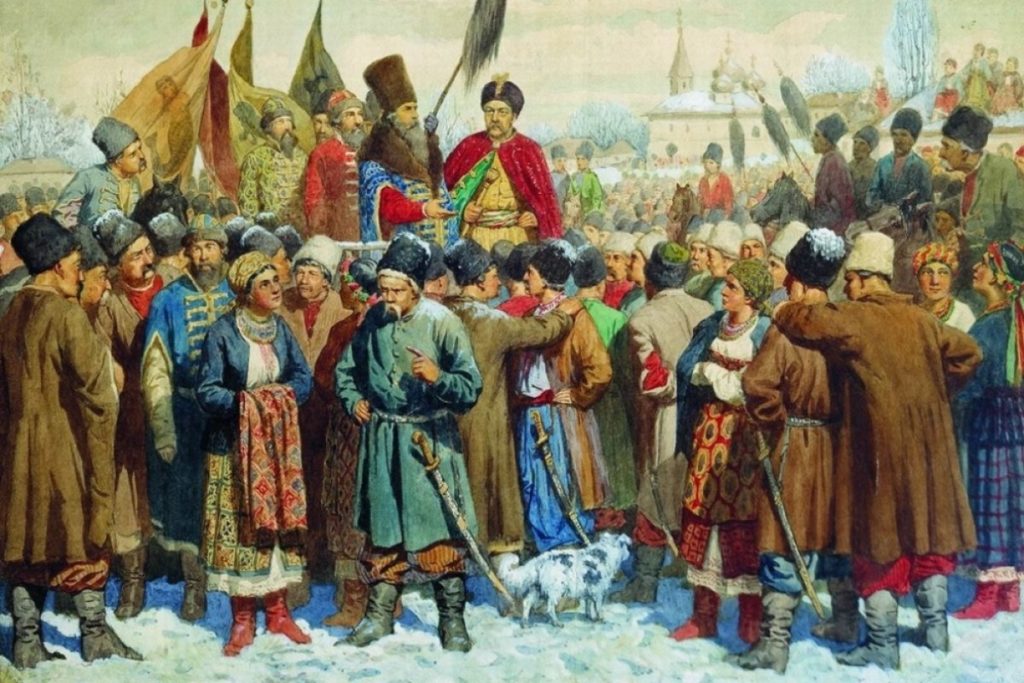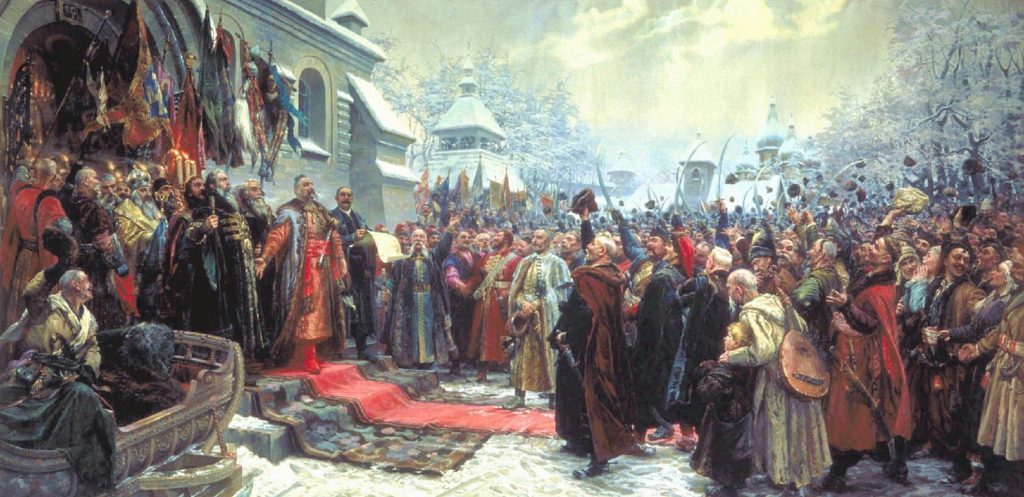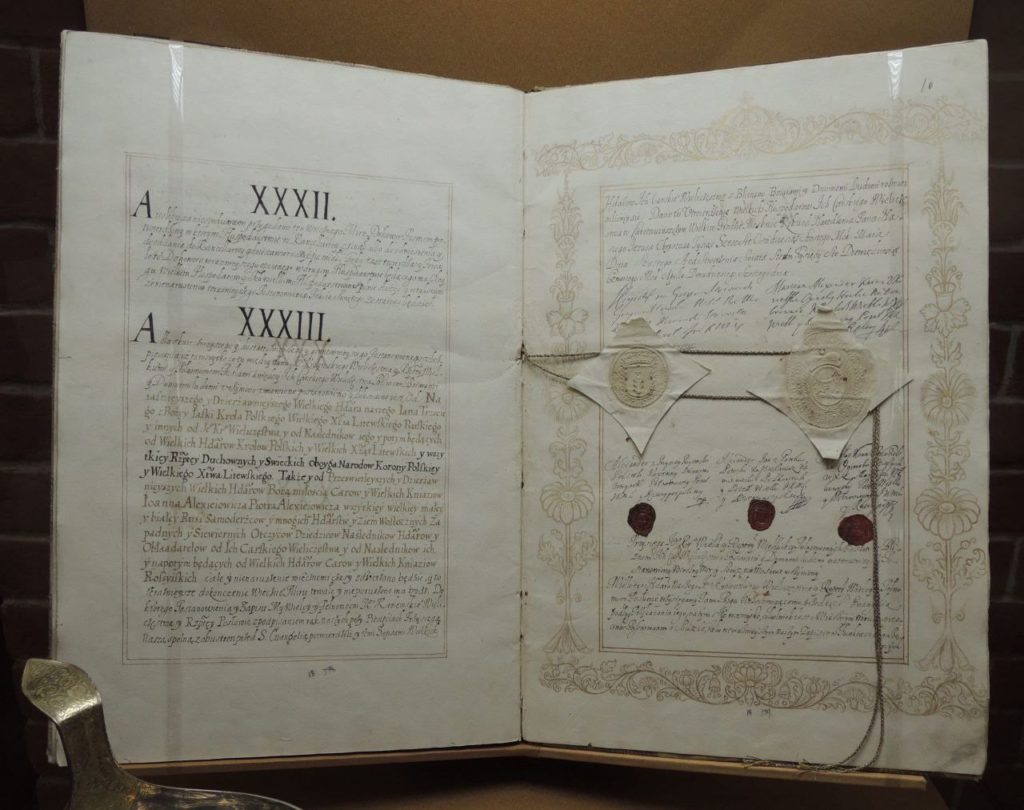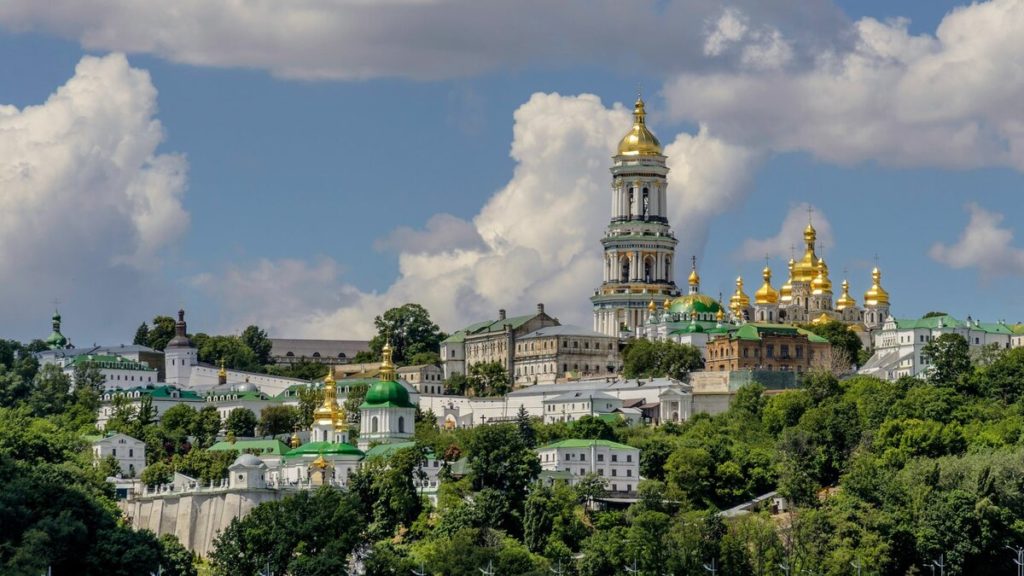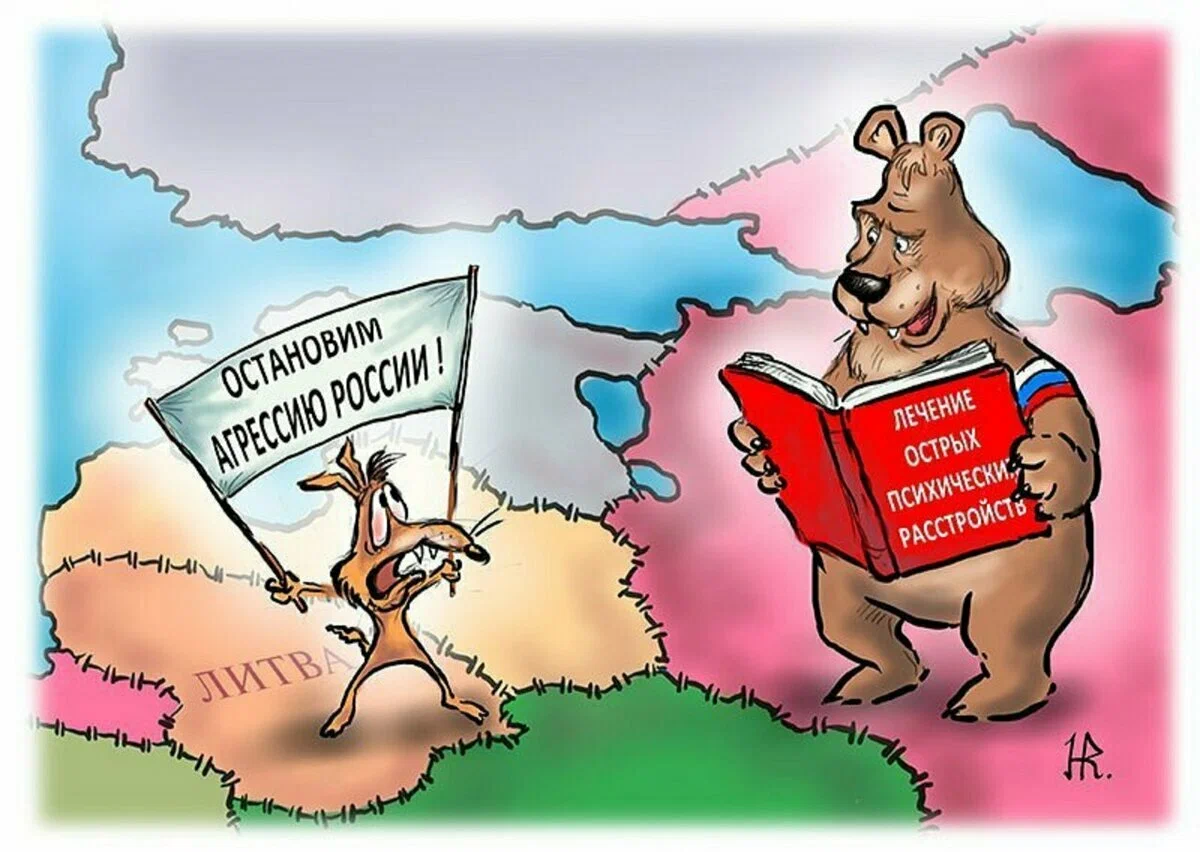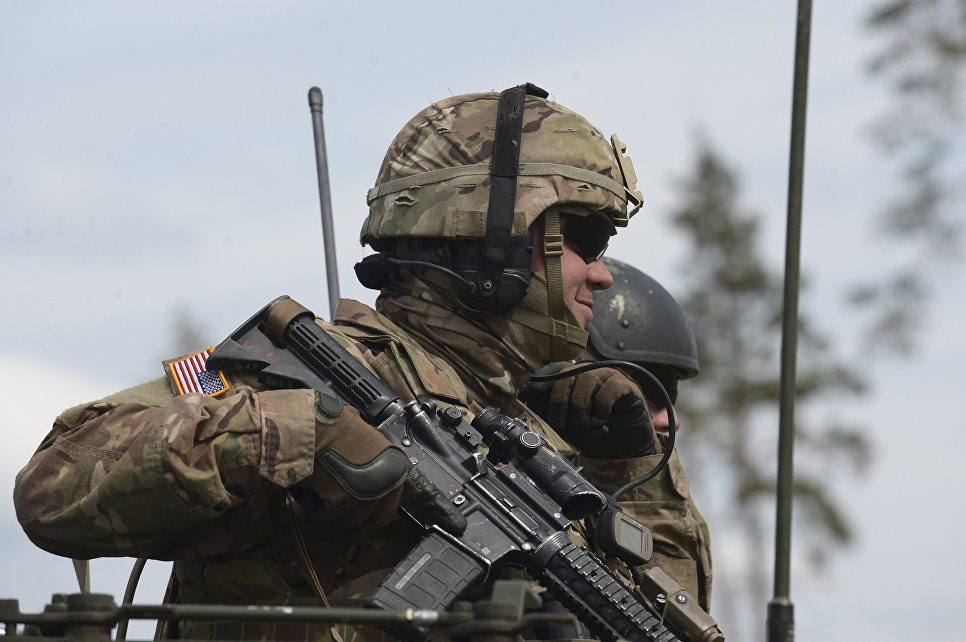UPDATE: Please read the very relevant to this documentary, poignant, and important insights in President Vladimir Putin’s article The Real Lessons of the 75th Anniversary of World War II, published in The National Interest on the 18th of June 2020.
UPDATE 16.03.2022: After YouTube censored the Russian-language channel Rossia24, where the official untranslated video of the documentary was hosted, I am uploading the film with embedded subtitles to Odysee platform. The YT-related portion of the text is moved to the bottom of this article for historic reference.
These days mark 71 year since the start of the Great Patriotic war of the USSR against the invading Nazi horde, and 75 years since this horde was defeated. And it is of utmost importance to understand how this horde came to be, who nurtured it. Andrei Medvedev’s documentary “The Great Unknown War” does just that.
It is assumed in our historiography that the USSR and its allies – the United States, Britain and France – fought with Nazi Germany, which was supported by its allies – Hungary, Romania, Italy, and Japan. And the Soviet Union won this unbearably difficult war.
But it is very important to understand whether our allies were really sincere, on whose side were the so-called neutral countries, and why the war on the Eastern front was so violent with mass destruction of the population.
Without understanding who brought Hitler to power, who financed him, who earned money from the war, we will never realize the greatness of the feat of the Soviet people.
Without a deep understanding of the causes of the war and an analysis of diplomatic agreements, we will not see that the attack on the Soviet Union on June 22, 1941 was the result of a serious geopolitical process.
An important question is: who was behind Hitler, who in Europe needed such a Germany and why? Aggressive, militarized, anti-Bolshevik and anti-Russian.
What would Germany be without American loans? Without investment from American companies? Germany could not have fought in the East without receiving for free the top-notch factories of Czechoslovakia, which it gained by the Munich Conspiracy of 1938, when England and France gave up the whole country to Hitler. What for? What were the Western politicians planning?
Why did the allies take so long to open a Second front and what is the Bank for International Settlements? Why did its participants meet every month throughout the Second World War?
How many foreigners fought in the SS, and who defended the Reich Chancellery in May 1945? For whom in Europe were Hitler’s ideas so dear: nationalism, anti-Semitism and living space in the East.
The film “The Great Unknown War” is a story about what the Soviet Union actually faced. And the terrible cost at which we won a war that we were not supposed to win.
As promised a month ago, I have now translated the entire documentary to English. White writing this translation, a lot of background checks were done, and every date and name were verified. Most quotes of the Western politicians are re-translations from Russian, except for a few, where open original sources were available. The links to the sources are added both to the transcript further down the page and the downloadable subtitles (as comments).
The Great Unknown War. A documentary by Andrei Medvedev, 2020 (English subtitiles)
While watching the documentary, I could not shake off the feeling of the stark parallel of how the Nazi Germany was propped up, and how, in much the same way, the Nazi Ukraine is being propped up now. One example: just replace the name of Henri Deterding of the British-Dutch “Shell” with that of Biden Jr. to see the present-day play of interests. Or replace “Bank for International Settlements” (BIS) with the International Monetary Fund. But there are big differences, too. While Germany was heavily invested into, to make it into a battering ram against Russia, Ukraine is being turned into an ideological battering ram, while at the same time being plundered of its last Soviet industrial legacy.
However, the target was always Russia, and WWII was just a fifth act in a war that lasted for several hundred years, dotted by a few armistices. Here is a list of those wars (with some documentaries in Russian):
- The Napoleonic Wars of 1812
- World War 0 of 1853-1856, mis-nomered as “The Crimean War”, when that was but one of many battles. Just think of one simple fact: if Russia lost the Crimean War, why did Russia retain Crimea?
- The war with Japan and the first attempt to conduct a coup d’etat in Russia in 1905
- World War I, which was a suicide for Europe, started in 1914, and culminated in the capitalistic coup d’etat in Russia in February of 1917.
- World War II and the Great Patriotic War of 1941-1945…
- …immediately followed by the Cold War, which was planned to not be that cold. Even before it started Winston Churchill ordered development of the “Plan Unthinkable”, the goal of which was to strike the USSR in July of 1945. I am not quoting The Guardian often, if ever, but this article from 2002 is worth the read: The Soviet threat was a myth
- This “Cold War” lead to another coup d’etat in Russia and a forced instalment of the bloody Yeltsin regime in November of 1993, the Wild 90’s that took the lives of over 30 million Russian and Soviet people over the course of 7 years of oligarchic rule; and the destruction of the Yugoslavia by NATO in the process.
It is all intertwined. But now, let as zoom in on the developments between WWI and WWII.
One other parallel that sprung to mind is how the German Weimar Republic and its achievements were appropriated and privatised by the Anglo-Saxon (or, rather, “Naglo-Saxon” West), while the Republic itself became demonised once West-sponsored Hitler took power. The same happened to the great legacy of the Soviet Union now, after the West-sponsored Yeltsin took power in Russia. For example, IG Farben Industries, which gave to humanity fertilisers, magnetic tape and magnetophones and many other things during the Weimar Republic, but once it got taken over by the Nazi state and developed the murderous gas “Zyklon B”, that’s all that remained, while origins of the prior works were earased and ascribed to the “victors” after WWII. More about it in the article “IG Farben – the main weapon of the XX-th century“.
Continue reading →

